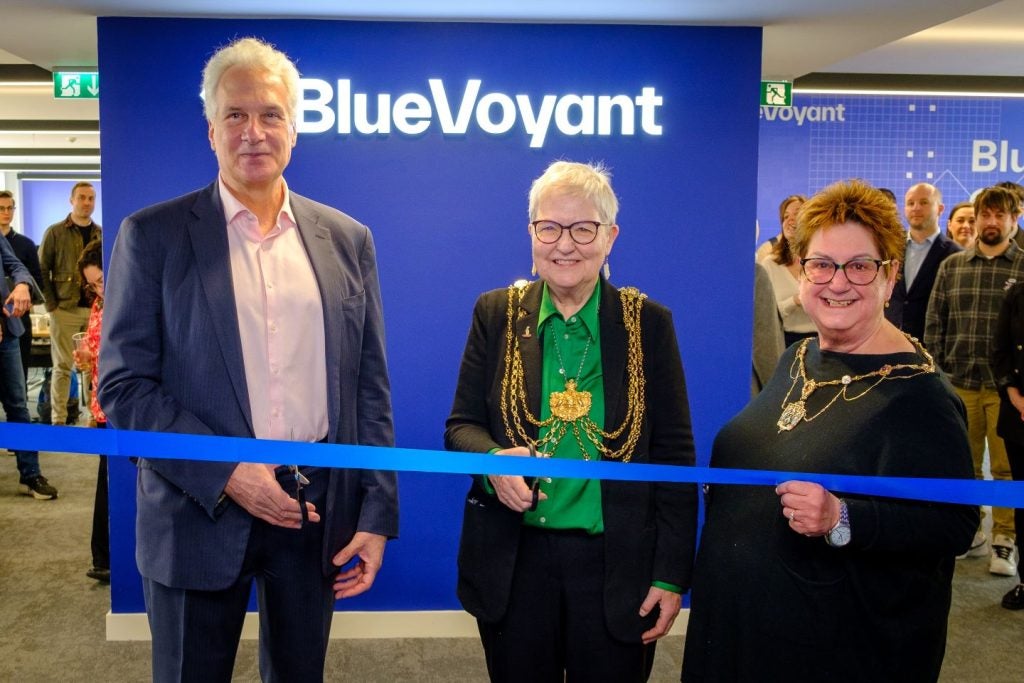
The retail landscape is in a state of metamorphosis. Rising customer expectations and rapid technological innovations are propelling retailers into a new world, where traditional forms of retailing are being overshadowed by newer, more instantaneous modes.
One of the most notable of these is conversational commerce – which is the term for the consumer purchase of products and services via voice assistants such as Google Assistant, Amazon’s Alexa, and Apple’s Siri.
Conversational commerce is set to revolutionise how customers and brands interact, in ways not witnessed since the dawn of e-commerce.
Conversational commerce’s growing popularity stems from the fact that it offers consumers a convenient, quick and hands-free experience. Capgemini’s Conversational Commerce study found that over-half of consumers (51%) are already using voice assistants, predominantly via their smartphones. It also found that consumers are developing an appetite for purchasing via their voice assistants – with 52% saying they would be interested in buying electronics, groceries, clothing and even homeware via this mode.
As the number and variety of devices supporting voice-based applications grows, the customer will be connected in a multitude of locations – at home, on the go, and in the store. This ubiquity of connection will allow retailers to extend the relationships they have with consumers beyond the four walls of their stores we call this boundary-less commerce.
The very nature of a dialogue between a customer and a brand will create a rich source of information and insight – insight that allows for heightened contextual understanding and engagement opportunities on the part of brands. Brands can then use this new-found customer intimacy to drive brand preference and affiliation, the highest form of loyalty.
How well do you really know your competitors?
Access the most comprehensive Company Profiles on the market, powered by GlobalData. Save hours of research. Gain competitive edge.

Thank you!
Your download email will arrive shortly
Not ready to buy yet? Download a free sample
We are confident about the unique quality of our Company Profiles. However, we want you to make the most beneficial decision for your business, so we offer a free sample that you can download by submitting the below form
By GlobalDataInvestment in conversational commerce has already begun for forward-thinking brands. In fact, Capgemini’s report found that more than forty large retailers, including Walmart and Target, have partnered with Google to introduce voice-based shopping to consumers via Google Express in the US. Google has coupled this effort by adding support to enable Google Home users to place voice-activated orders for select stores.
Taking the first steps toward conversational commerce?
For retailers keen to stay ahead and keep their relevancy, conversational commerce needs to be at the forefront. Below are four key steps that retailers should consider when outlining their strategy for conversational commerce.
Step one: Localise
It is critical that retailers localise conversational commerce content for different geographical markets, which will help increase adoption. Executing a compelling customer experience strategy means having a view of customers’ expectations, and linguistics is integral to this.
A study conducted by Cornell University found that people’s perceptions of a “machine-generated voice” are influenced by its human-like traits. Speech functionality was deemed to be especially critical for conversational agents, as it had an impact on how natural the conversation was perceived to be, by the user.
Step two: Be security-conscious
How voice assistants are going to be perceived by consumers is also deeply linked to the use of technology for personalisation without crossing the lines of privacy. Brands need to take proactive steps to ensure the privacy and security of a consumer’s data, by designing robust and transparent privacy policies.
Step three: Be integrated
The success of conversational commerce cannot be seen in isolation but needs to be viewed in collaboration with other channels (brick-and-mortar stores, online stores, apps) and the brands’ efforts in omni-channel fulfilment. Organisations need to ensure robust integration of the voice channel with the internal business operations of the organisation.
For success, brands should consider a marketing campaign to build a convincing case for taking up conversational commerce. Brands should invest in communicating to all consumers on the benefits of using voice assistants as a preferred mode of communication.
Step four: Be AI-driven
Artificial intelligence (AI) technology also has a role to play in bringing all the channels together for the brand, irrespective of whether the consumer is accessing the brand through chatbots on messaging platforms, through voice assistants, through apps or websites, or through physical stores.
Technological advances in the field of artificial intelligence are making hyper-personalised customer experiences a reality through conversational commerce. Organisations need to tap into this potential and implement an “experience engine” that seamlessly brings together technologies, channels, processes, and consumer data.
Conversational commerce: The road forward
We are still at the very beginnings of conversational commerce as, today, it is really no more than a series of disconnected voice-activated transactions where convenience is the key driver. However, the opportunity to engage with customers via voice assistants is huge and will only grow as the number of users increases and voice assistants become more sophisticated, pushing up satisfaction ratings and improving personalisation.
The extraordinarily rapid and early adoption of voice assistants will drive continued investment and innovation, consequently enabling an entirely new age of shopping for customers, giving brands the opportunity to offer meaningful experiences that drive loyalty in the digital era.
Read more: Retail chatbots: Four tips for businesses to enhance the automated experience






